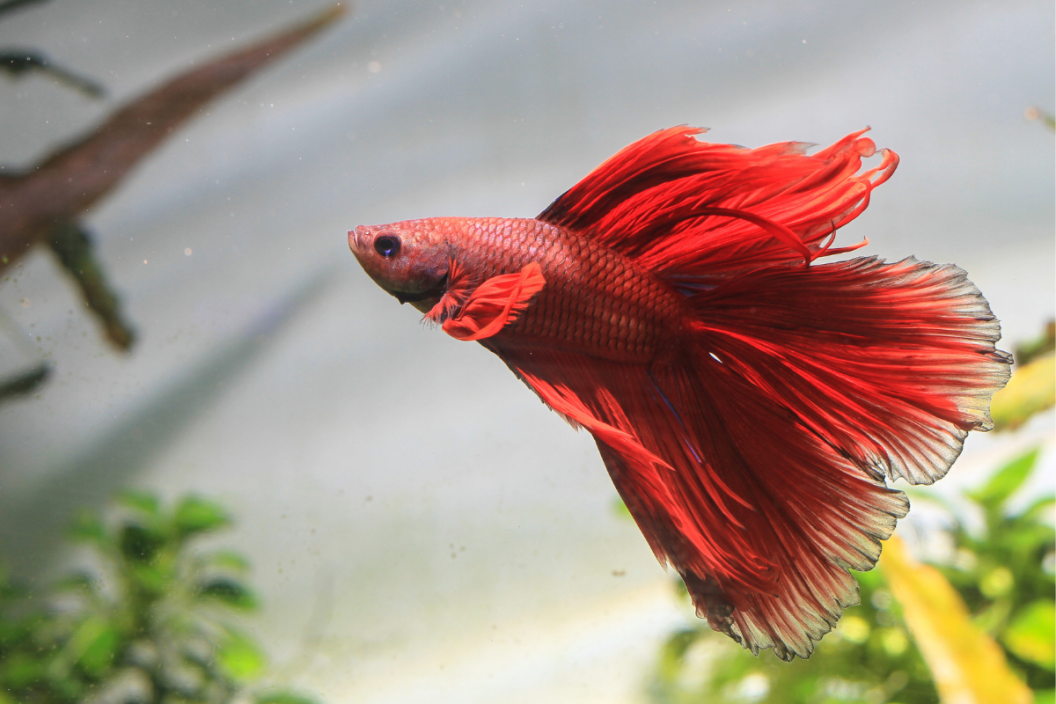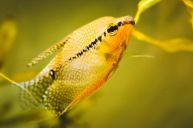If your piscine pal is acting a little weird, he might have a common fish ailment: swim bladder disease.
Is your fish swimming unnaturally or acting odd? He may be experiencing swim bladder disease. This disease can affect pet fish and is the result of many different causes. If your fish starts floating or swimming in circles, chances are he is suffering from this fish disease.
Fish may seem like a simple pet since they just swim in a tank all day. However, fishkeeping can be difficult, especially when it comes to fish health, and you want to ensure your fish tank is a healthy environment for your fined friends, which includes checking ph levels in the water and more.
If you think your fish may have a swim bladder problem, learning the who, what, where, and why of swim bladder disease will help you figure out what to do next and how to best care for your affected fish.
What Is Swim Bladder Disease?
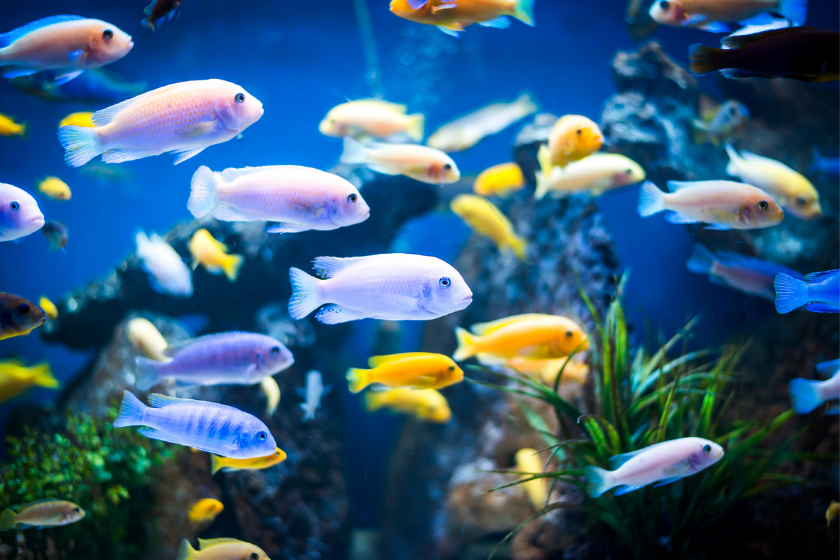
Swim bladder issues are most common in Goldfish and Betta Fish, though can occur in any fish. This disorder happens when the fish's swim bladder is too full and changes your fancy goldfish's buoyancy.
Your fish may float to the top of the tank or sink to the bottom of the tank. They may swim sideways or float upside down belly-up. In addition, the spine may look curved, and the belly area will look full or bloated. The swim bladder is located behind the rest of the internal organs. The diagram above of a betta fish shows the swim bladder in blue.
Symptoms Of Swim Bladder Disease

Most commonly, swim bladder occurs when your fish is overeating or gulps too much air. However, swim bladder can also happen when the water conditions are not ideal for your fish and their immune system. In cooler water temperatures, the metabolism of the fish slows down.
Bacterial infections or parasites stemming from water changes or poor water quality sometimes cause complications with the digestive system. Your fish can also have high nitrate levels from overeating and constipation. It can also be a rare birth defect, with symptoms showing up very early in the fish's lifespan.
The main cause of swim bladder is overfeeding, which leads to constipation. Another cause is gulping air when they grab food from the water's surface. Enlarged organs and infections can also cause swim bladder disease.
Water temperature can also prove problematic for your fish's swim bladder. Cooler water temperatures lower metabolism, making it harder for food to pass through their system.
How To Treat Swim Bladder Disease
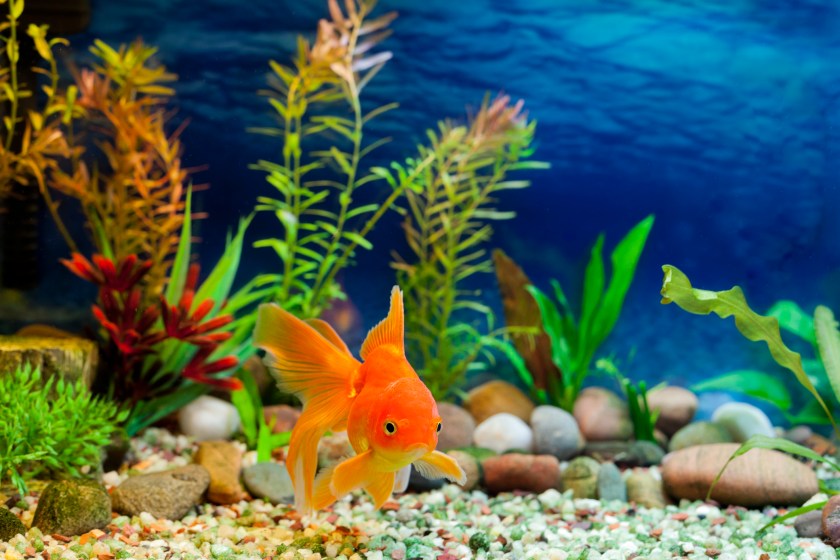
Getty Images
Don't feed your fish for three to four days if you suspect your fish may have swim bladder disease. This will allow whatever may be in his intestinal tract to pass.
Feed your fish a skinned green pea after the three to four day fast. Frozen peas work best, and all you have to do is microwave or boil a pea to soften it enough to remove the skin. Once you have removed the skin, you can feed your fish a piece of the cooked pea. The pea will help to clear out your fish's system. Hand feeding may be necessary if your fish is really out of sorts. Avoid feeding your fish pellet or flake food.
Clean the tank water and raise the temperature to 80 degrees Fahrenheit. Sometimes, lowering the water level can help make it easier for the fish to reach the surface and for filtration systems to handle any buildup.
Adding some Epsom salts to the water is also a cure for constipation, dropsy, and bloating. Of course, you could also use aquarium salt.
When Can It Happen & How Can I Stop It?
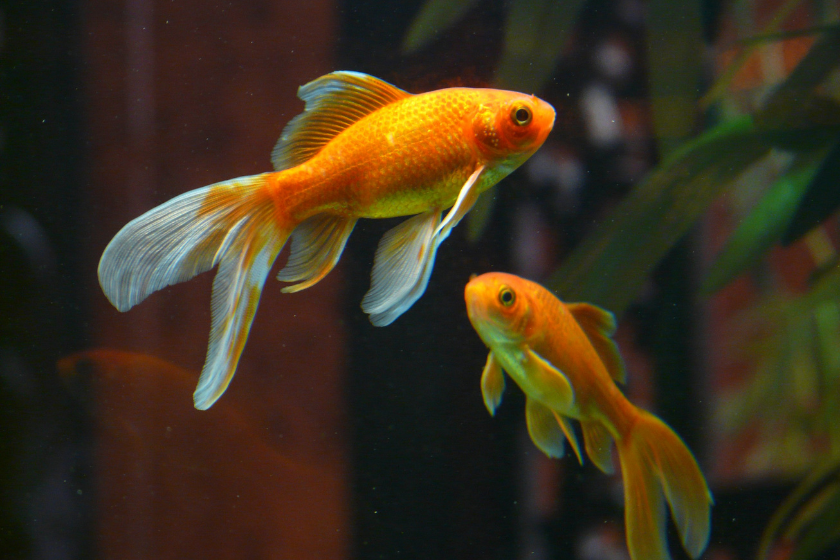
Fish bladder disease can strike at any time, so prevention is key. Make sure to keep freshwater clean at all times and maintain a temperature between 75-80 degrees Fahrenheit. You can soak dried foods before feeding or thaw frozen foods. Also, make sure to only feed the appropriate amount. A fish stomach is about the same size as its eye! Following these steps can help you prevent and treat any issues that may rise to the surface with your beloved fish friends.
Have you encountered swim bladder disease? Share any helpful tips for fish care at our Wide Open Pets Facebook!
This article was originally published in September 2016.
